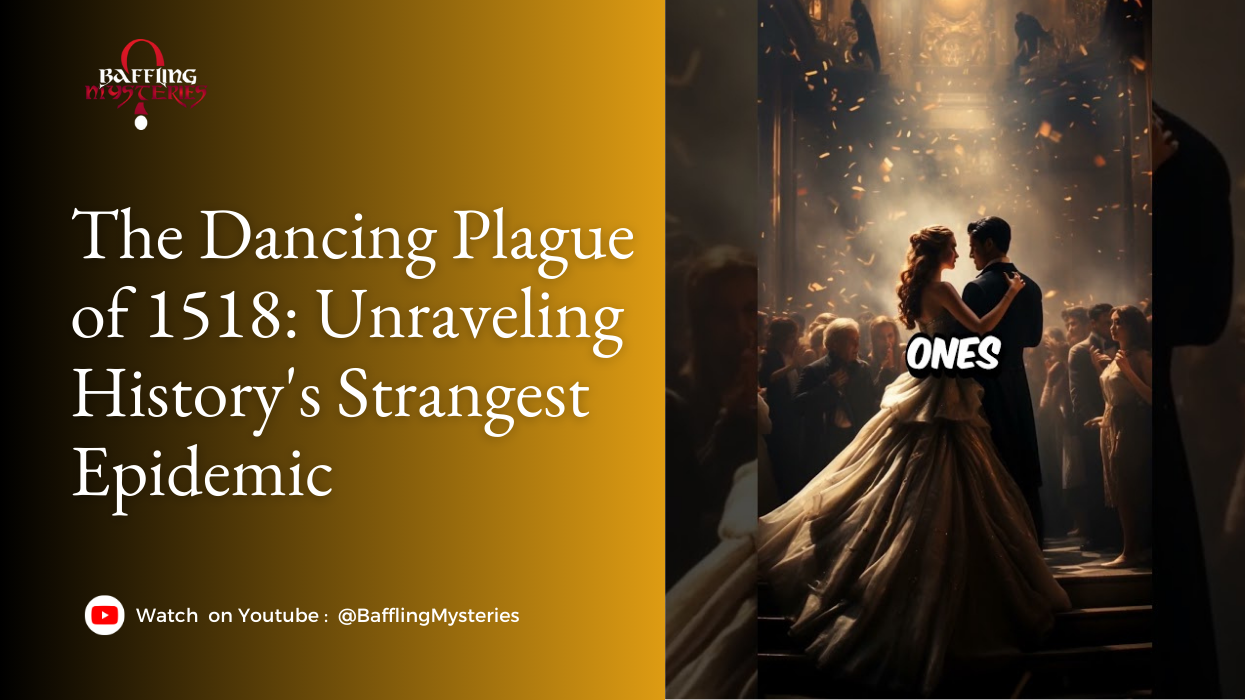The Dancing Plague of 1518 was a bizarre phenomenon that occurred in Strasbourg, Alsace (modern-day France), in July 1518. It involved a sudden outbreak of compulsive, frenzied dancing that affected hundreds of people, lasting for weeks and leading to some deaths.
The incident began with a woman named Frau Troffea, who started dancing in the streets for no apparent reason. Within days, more people joined her, and the group of dancers grew. The dancing became uncontrollable, and participants showed signs of exhaustion, dehydration, and, in some cases, even death.
Authorities at the time were perplexed and attempted various interventions, including bringing in musicians to encourage the dancing and even constructing a stage for the dancers. The cause of the phenomenon is not definitively known, but theories range from mass hysteria and psychological distress to poisoning or infections causing hallucinations.
The Dancing Plague of 1518 remains a historical mystery and a fascinating example of a mass psychogenic illness, where social and psychological factors contributed to the manifestation of a bizarre and seemingly uncontrollable behavior.
The Dancing Plague of 1518: Unraveling History’s Strangest Epidemic


